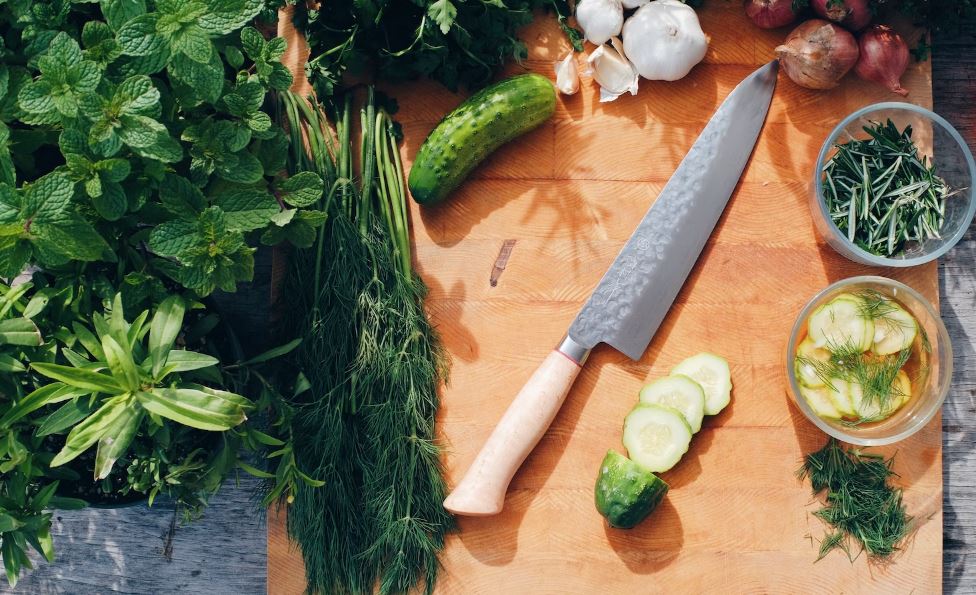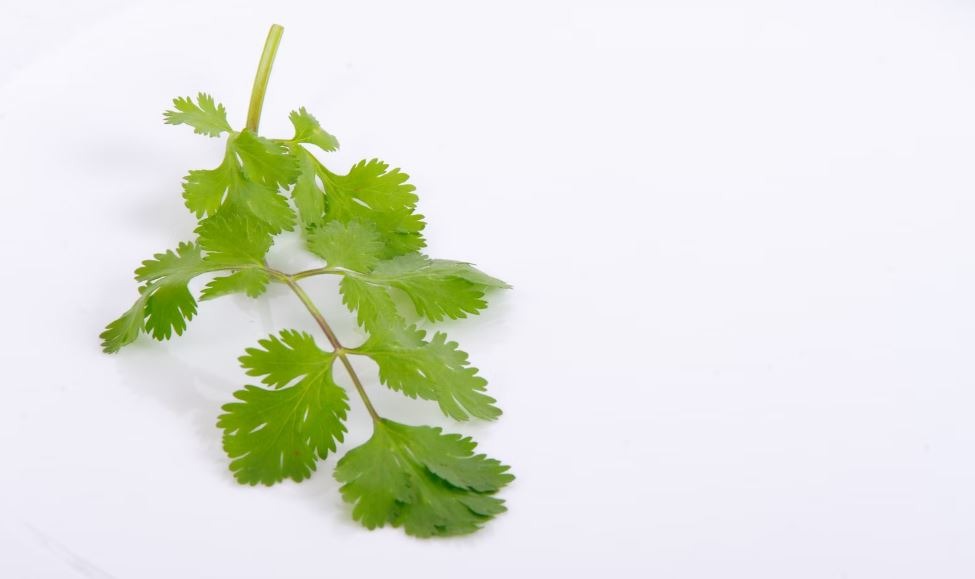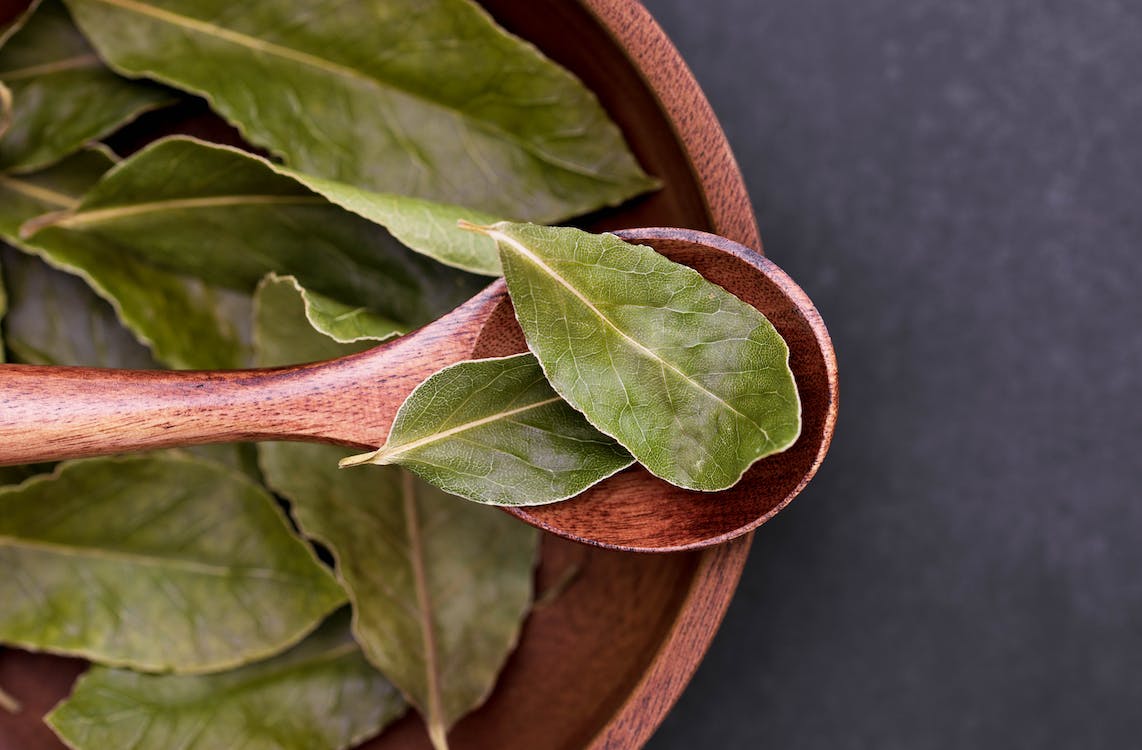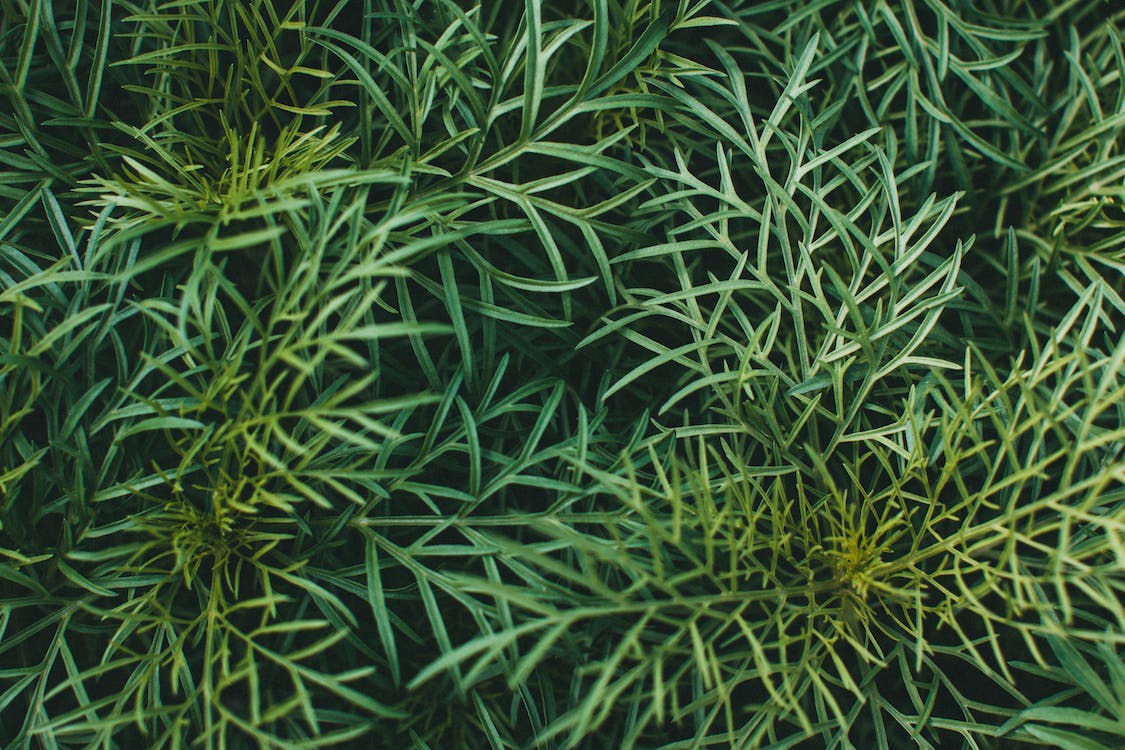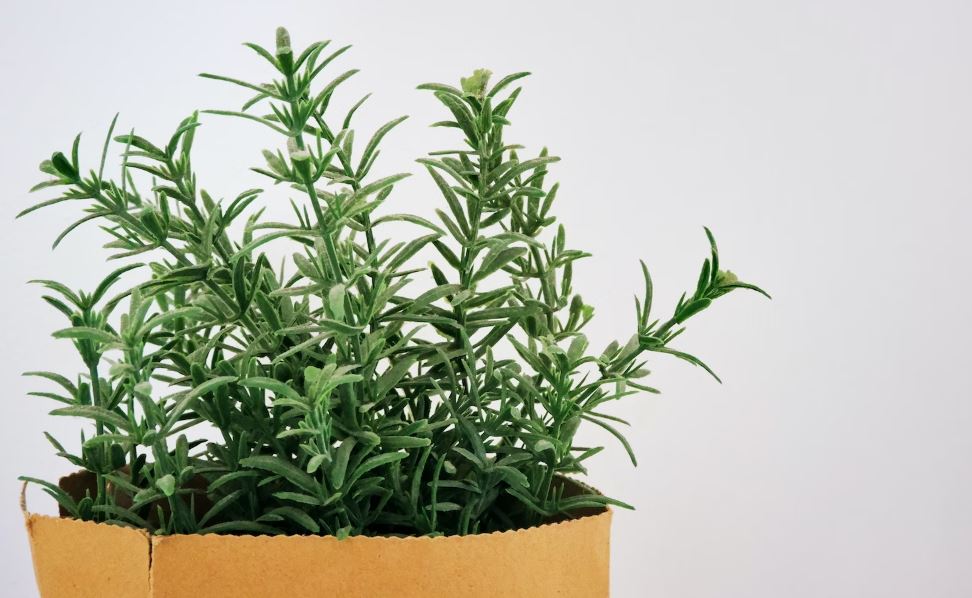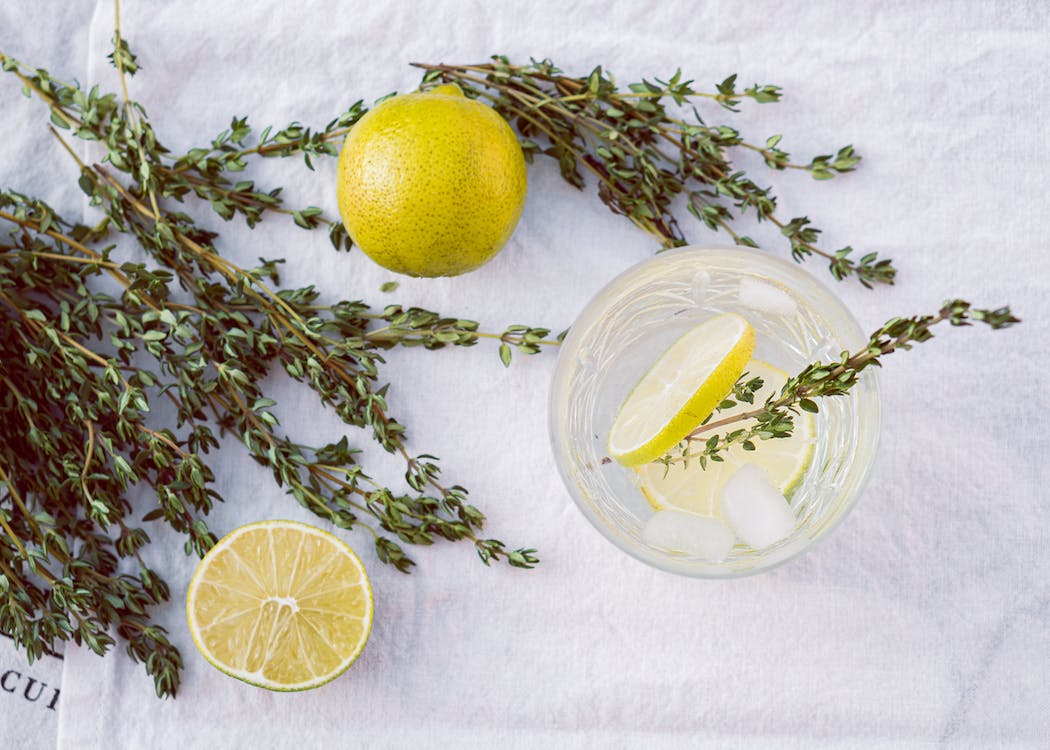In the age-old dance between nature and cuisine, there exists a magical realm where flavor, aroma, and health converge – the world of homegrown herbs. For centuries, herbs have been cherished as culinary treasures, and the art of cooking with these fragrant and flavorful botanical wonders has been passed down through generations. But what if we told you that the secret to truly elevating your dishes lies right at your doorstep, in your very own herb garden?
In our fast-paced world, where convenience often takes precedence over heritage, cultivating and cooking with homegrown herbs might seem like a skill from a bygone era. However, the appeal of these homegrown treasures goes far beyond nostalgia; it’s a journey that reconnects us with the Earth, nourishes our bodies, and imparts a burst of freshness and vitality to our meals, straight from the garden. So, whether you’re an experienced chef or just starting out, get ready to be inspired as we explore how these green companions can transform your kitchen into a haven of flavor and wellness. So, roll up your sleeves, put on those gardening gloves, and let’s embark on a delightful exploration into the world of cooking with homegrown herbs.
11 Cooking Herbs To Grow At Home
1. Parsley –
often hailed as the most versatile and widely beloved herb globally, boasts a subtle flavor profile that brings a refreshing and slightly tangy kick to dishes. While the leaves are the primary flavor carriers, don’t overlook the stems, as they too, can contribute significant potency. The culinary applications of parsley are wonderfully diverse. It can serve as a delightful garnish for a bowl of soup, adding a burst of freshness to each spoonful, or be tossed with a medley of summer greens to create a crisp and vibrant salad. When it comes to enhancing the depth of flavor in stocks, parsley is a trusted seasoning. If you’re in the mood for a quick and delectable brunch option, consider a Cheese and Fresh Herb Quiche, generously studded with parsley. Moreover, parsley plays exceptionally well with a variety of ingredients and dishes. Its harmonious companions include lemon, butter, pasta, and eggs, allowing it to contribute its unique character to a wide range of culinary creations.
2. Basil –
a widely cherished herb in the United States, boasts a diverse range of varieties, with sweet (Italian) basil and Thai purple basil being among the most commonly encountered. These basil varieties share certain characteristics—they exhibit floral and clove-like notes, offer potent sweetness, and provide a subtle hint of pepperiness. Traditionally associated with Mediterranean cuisine, basil also finds itself as a fragrant partner in Asian and Indian dishes, imparting a refreshing counterpoint to spicier flavors. To harness the full spectrum of basil’s flavors and to retain its vibrant green hue, it’s best to incorporate it towards the end of the cooking process. Prior to adding it to your dish, take a moment to separate the leaves from the stems and discard the latter, as the leaves harbor the majority of the herb’s flavor. Basil’s versatility shines as it enhances the taste profiles of various dishes, whether it’s accompanying summer tomatoes, infusing grilled chicken with its aromatic charm, contributing depth to a rich curry, or joining forces with mozzarella cheese for a classic and irresistible pairing.
3. Bay leaves –
with their glossy, dark green appearance and unique fragrance, are an essential herb in many culinary traditions. These aromatic leaves come from the bay laurel tree and are used primarily for their ability to infuse dishes with a subtle, earthy flavor and a slightly sweet undertone. These are often used to add depth and complexity to soups, stews, sauces, and braises. They are typically added whole to simmering dishes and then removed before serving, as they can be tough and may not be pleasant to eat. The essence they impart is more about enhancing the overall flavor profile of a dish rather than being a dominant taste. These versatile leaves are a staple in classic French cuisine, where they are used in dishes like bouillabaisse and coq au vin. They are also commonly found in Mediterranean and Indian cooking, adding their unique aroma to dishes like biryani and tomato-based sauces.
4. Cilantro –
also known as coriander leaf, is a vibrant and refreshing herb known for its zesty lemony flavor. It’s worth noting that cilantro can be somewhat polarizing among consumers, as some people perceive it to have a slightly “soapy” taste due to a specific chemical compound—an interesting scientific quirk! In the United States, opinions on cilantro are divided, with some loving its unique flavor and others not quite as enamored. However, in Latin American and Asian cuisine, cilantro is an absolute staple. Its bright and refreshing flavor profile can work wonders in both raw and cooked dishes. It possesses the remarkable ability to breathe life into even the most mundane sauces, making it a go-to herb for chefs seeking to elevate their culinary creations. For a taste of cilantro’s magic, consider exploring recipes like the herb-packed Enchilada Sauce or other delightful cilantro-infused dishes. One such dish is the Vegetarian Pad Thai, which showcases how cilantro can play a crucial role in enhancing the flavors of Asian cuisine. Whether you’re a cilantro enthusiast or looking to expand your culinary horizons, this versatile herb is an excellent addition to your repertoire.
5. Dill –
with its delicate, feathery fronds exuding a delightful fragrance, is a tangy herb that finds its roots in Scandinavian and German culinary traditions. This herb’s wispy appearance conceals a potent flavor profile characterized by a clean and refreshing earthiness. Its culinary applications are diverse, making it a versatile addition to various dishes. It pairs harmoniously with poultry, lending its distinctive tang to chicken preparations. Furthermore, dill proves to be a delightful complement to the bright zest of lemon, the creaminess of yogurt, and the flavors of seafood. Take advantage of the opportunity to introduce fresh dill into your next batch of chicken soup or add it to a refreshing salad for an extra layer of taste. Dill’s unique character can be explored in a multitude of recipes, each highlighting its flavor in different ways.
6. Mint –
with its vibrant green leaves and invigorating flavor, shares some similarities with basil. While it’s often associated with desserts, mint plays a pivotal role in savory dishes as well, as exemplified by its delightful contribution to flavor-enhanced recipes like the shrimp and feta skillet. In addition to its culinary versatility, mint offers a refreshing twist to various culinary creations. You can use it to garnish a beautifully arranged plate of fresh fruits, adding a touch of mint’s coolness to the natural sweetness of the fruits. Alternatively, infuse your beverages with a burst of freshness by tossing mint leaves into a glass of fresh lemonade—a simple yet highly satisfying combination.
7. Rosemary –
with its sturdy and woody disposition, it is an herb that exudes a robust and intense aroma. It finds its most harmonious companionship with meats boasting full, rich flavors. Whether you choose to use its leaves in their fresh or dried form, rosemary brings a unique essence to your culinary creations. This herb’s distinctive pine-like flavor lends itself beautifully to hearty dishes such as succulent lamb chops, tender pork tenderloin, and crispy roasted potatoes. Yet, it’s essential to recognize that rosemary is a versatile herb that transcends the boundaries of seasonality. It can be just as captivating when paired with lighter, summery fare. For a delightful twist on a summer classic, consider whipping up some Strawberry-Rosemary Yogurt Pops, perfect for your next family BBQ. The possibilities with rosemary are as diverse as the dishes it can elevate. Sweet or savory, it adds a layer of depth and aromatic charm to your culinary adventures. Explore a wealth of creative ideas to make the most of this versatile herb and enhance the flavors of your meals.
8. Oregano –
with its distinctive aromatic leaves, is a flavorful herb renowned for its association with Mediterranean and Italian cuisine. Its leaves deliver a robust and slightly peppery taste that adds depth and character to a wide range of dishes. It is particularly well-known as a key ingredient in pizza and pasta sauces, where it infuses the sauce with its rich flavor. However, its versatility extends far beyond Italian fare. Oregano can also enhance the flavors of Greek dishes like tzatziki and moussaka, as well as Mediterranean salads and roasted vegetables. Additionally, it pairs excellently with grilled meats and fish, contributing to a delightful savory experience. Whether used fresh or dried, oregano offers a delightful herbal punch that can elevate the taste of your culinary creations. Its versatility and distinct flavor profile make it a must-have herb in the kitchen, perfect for adding that extra layer of Mediterranean-inspired flair to your favorite dishes.
9. Thyme –
a fundamental herb in French cuisine and a crucial component of herbes de Provence, possesses a distinctive character. Its slender woody stems bear tiny leaves that are fragrant and floral, with a taste that is robust yet pleasantly understated. To make the most of thyme’s flavor, it’s advisable to remove the leaves from the stems (similar to rosemary) and give them a fine chop before incorporating them into your dishes. While thyme is a classic companion for roast chicken, its versatility knows no bounds. This herb can be employed in a wide array of culinary creations, from enhancing the aroma and taste of bread to imparting its unique essence to desserts and even cocktails. To experience the magic of thyme in action, consider trying out an effortless recipe like Scalloped Potatoes with Ham, where thyme adds an extra layer of savory delight. Thyme’s ability to elevate a multitude of dishes, both savory and sweet, makes it a prized herb in the kitchen. Explore the countless possibilities that thyme offers, and allow its aromatic charm to enhance the flavors of your culinary creations.
10.Chives –
sometimes mistaken for ordinary grass, are actually a close botanical cousin of garlic and onions. Despite their unassuming appearance, these slender green stalks boast a robust and nuanced flavor, earning them a coveted place in the repertoire of every cook. An interesting note is that every part of the chive plant is edible, including the strikingly vibrant purple flowers that bloom during the spring. Chives shine as both a garnish and a main ingredient in a variety of dishes. You can sprinkle them atop a simple omelet to impart a burst of flavor and visual appeal, or make them the star of the show in a classic potato salad, where their unique taste elevates the dish to new heights.
11. Lavender –
with its graceful purple blooms and soothing fragrance, might come as an unexpected addition to your list of culinary herbs for the garden. However, this beautiful perennial herb can thrive in containers and can withstand mild freezes, typically flourishing in US hardiness zones 5 through 8. Similar to rosemary, lavender thrives in sunny locations with well-draining soil. In fact, it actually prefers hot and arid conditions, as these conditions tend to produce more fragrant flowers. Overly wet soil can be detrimental to your lavender plant, so it’s crucial to strike a balance in your watering routine. Also, this is a staple in French cuisine, adding an intriguing twist to dishes like roasted potatoes, cakes, and cookies. It also lends a wonderful flavor to beverages such as lemonade and tea. By cultivating lavender in your garden, you not only invite its aromatic charm into your cooking but also elevate your culinary creations with a touch of unexpected elegance.
Conclusion
In an era of technological progress and urban living, many may find the task of planting herbs daunting, opting instead for the convenience of store-bought options. However, it is essential to understand that cultivating these herbs is made easier by being able to do it in your own doorway. This enhances cooking and beverages, ensuring freshness and making a positive impact.

